1. Iran-Contra Scandal
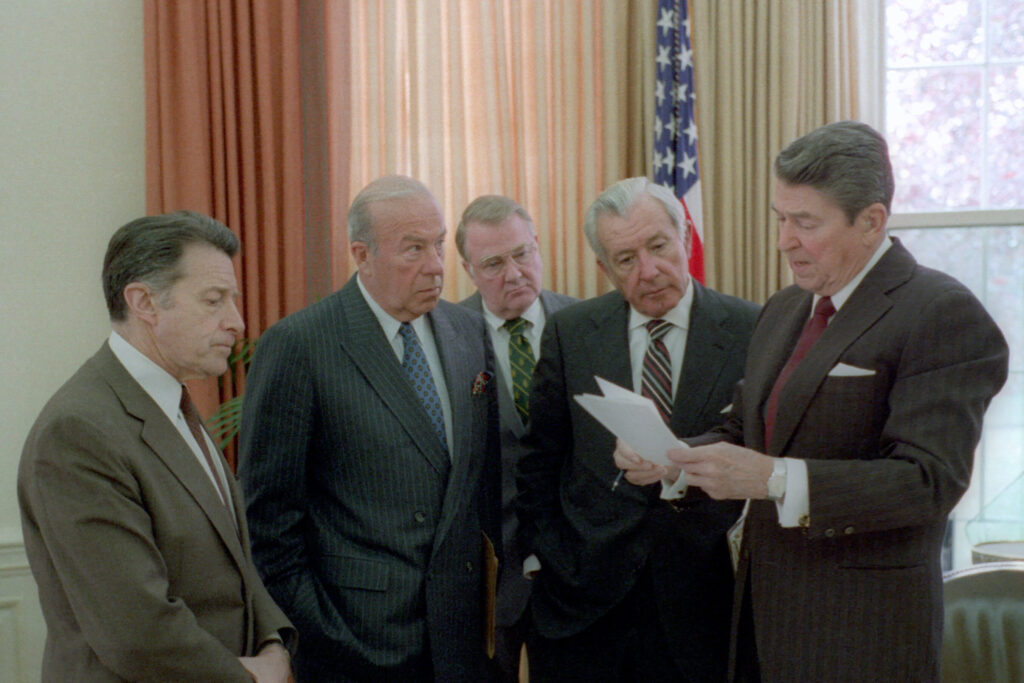
Between 1985–87, senior Reagan administration officials, particularly Robert McFarlane, Caspar Weinberger, Hezbollah, Contras, Oliver North, Manucher Ghorbanifar, John Poindexter, Manuel Antonio Noriega secretly sold weapons to Iran (despite an embargo) and funneled the profits to rebel Contras in Nicaragua skirting Congressional bans. After a leak by Mehdi Hashemi, a senior official in the Islamic Revolutionary Guard Corps, it was dubbed “trading arms for hostages,” the scandal broke in November 3,1986 when a Lebanese magazine Ash-Shiraa exposed the covert deals and President Reagan initially denied wrongdoing.
Congressional and Tower Commission investigations found widespread secrecy and deception; multiple officials were indicted though many were later pardoned. Iran-Contra shone a harsh light on executive overreach and accountability, reminding Americans how power can slip beyond democratic control. Still, it’s rarely invoked today instead, drowned out by newer political scandals, leaving its vital lessons underappreciated.
2. Jonestown Massacre
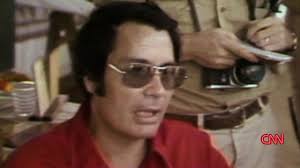
A remote jungle, a charismatic leader, and a nearly unfathomable tragedy. Jamestown was an experimental settlement that existed for four years in Guyana, South America. In November 18, 1978, more than 900 members of the Peoples Temple mostly Americans from California died in what was once the deadliest single loss of American civilian life until September 11, 2001. Under Jim Jones’s increasingly tyrannical rule, followers were coerced into drinking cyanide-laced flavor drink what the world would call “drink the Kool‑Aid”.
The cult began as a humanitarian-seeming church in San Francisco, attracting those drawn to Jones’s promises of racial unity and social justice only for it to spiral into systematic abuse, brainwashing, and isolation deep in Guyana’s jungle. This event reverberated across the world and left scars on the American psyche, yet today few pause on November 18 to remember the utter breakdown of trust that led to such mass death. Survivors and documentaries continue to strive to preserve the voices of those lost.
3. Challenger Space Shuttle Disaster
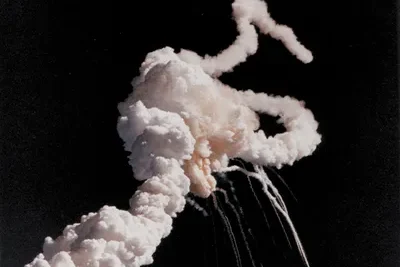
On January 28, 1986, just 73 seconds after launch, the Space Shuttle Challenger exploded over Cape Canaveral, killing all seven crew members aboard including Christa McAuliffe, the first high school teacher chosen to inspire classrooms nationwide. Live on national television, the tragedy in crisp winter air revealed NASA’s internal failures: engineers had raised concerns about rubber O‐ring seals in cold temperatures but their warnings were ignored. The Rogers Commission concluded that the disaster was “rooted in history,” revealing systemic organizational issues at NASA. The catastrophe grounded the shuttle program for over two years and reshaped how space missions evaluated risk. Yet, as time moves on, even such a public, heart-wrenching moment can drift from collective memory.
4. Kent State Shootings
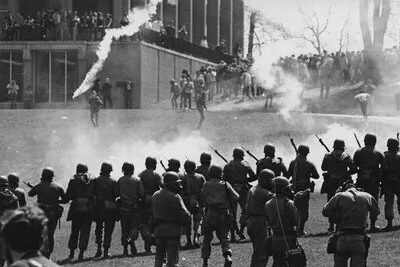
On May 4, 1970, tensions over the Vietnam War exploded on the Kent State University campus when the National Guard opened fire during a protest against the expansion into Cambodia. Ohio Guardsmen fired 67 shots in just 13 seconds, killing four students Allison Krause, Jeffrey Miller, Sandra Scheuer, and William Knox Schroeder and wounding nine others, one permanently. Amid the tension, John Filo captured the image of a 14-year-old runaway, Mary Ann Vecchio, screaming over the dead body of Jeffrey Miller, who had been shot in the mouth. The photograph, which won a Pulitzer Prize, became one of the more enduring images of the anti-Vietnam War movement.
The tragedy reverberated nationwide and It led President Nixon to appoint the Scranton Commission on June 13 1970, which condemned the shootings as “unnecessary, unwarranted and inexcusable”. Though colleges still teach about it, many younger Americans can’t name the victims or the date highlighting how swiftly history can fade.
5. My Lai Massacre
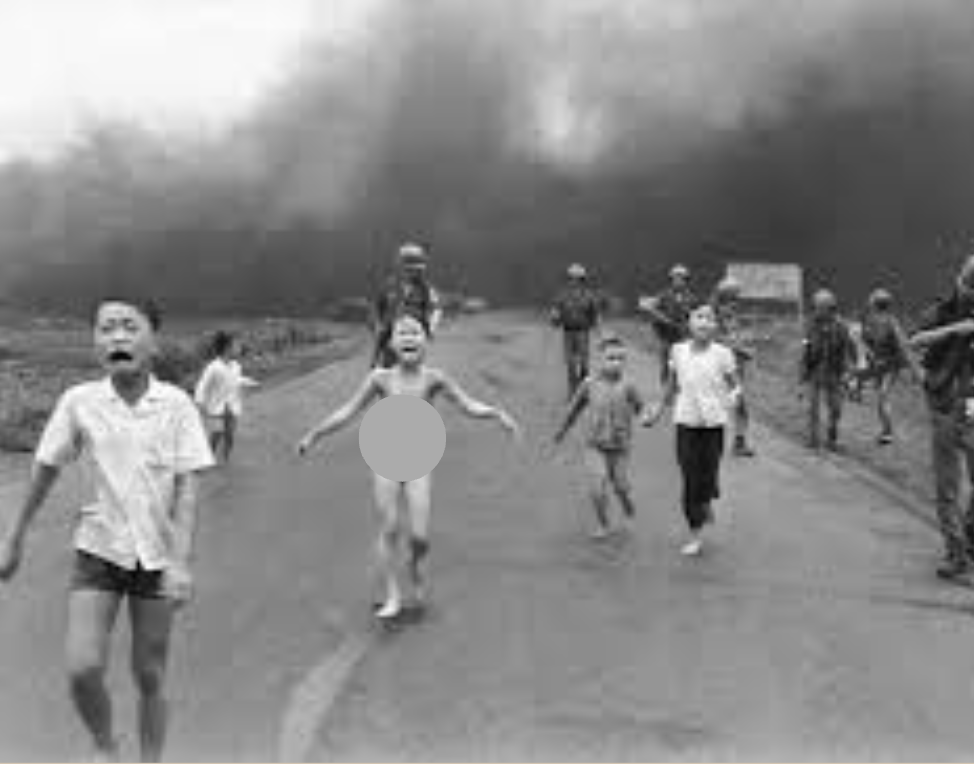
The massacre at My Lai on March 16, 1968, saw U.S. soldiers brutally kill between 347 and 504 unarmed Vietnamese civilians women, children, and the elderly in Sơn Mỹ village, Quảng Ngãi province, South Vietnam, during the Vietnam War. Some of the women were gang-raped and their bodies mutilated, and some soldiers mutilated and raped children as young as 12. The incident was the largest massacre of civilians by U.S. forces in the 20th century.
Originally framed as a successful counterinsurgency effort, it was kept secret until investigative journalist Seymour Hersh broke the story in November 1969, revealing cover-ups by military leaders. Photographer Ron Haeberle’s harrowing images first published by the Cleveland Plain Dealer shocked the nation and became pivotal evidence in war crime investigations. The incident profoundly damaged public trust in the Vietnam War and sparked ethical debates about military conduct. Yet, many today overlook it despite its enduring impact on how we view wartime accountability.
6. MOVE Bombing
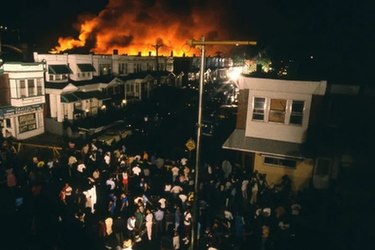
A police operation turned into a disaster that burned a neighborhood to the ground. On May 13, 1985, Philadelphia police dropped a bomb on a rowhouse occupied by MOVE, a Black liberation group advocating anti-technology ideals. The target: a bunker-like structure atop the house. The attack killed 11 people, five of them children and destroyed 61 homes, leaving some 250 neighbors homeless. The MOVE Commission later condemned city leaders for gross negligence but no one was criminally charged, and only civil suits followed. In 1996, survivors won a $1.5 million settlement; in 2005, displaced residents received about $12.8 million.
Despite its magnitude, this act of state violence nearly vanished from public memory until recent commemorations for example, on its 40th anniversary in 2025, Philadelphia marked it with a remembrance day. Yet, its lessons on police power and racial justice remain painfully relevant.
7. Beirut Barracks Bombing

On October 23, 1983, a devastating double suicide truck bombing tore through U.S. and French military barracks in Beirut, Lebanon. The first blast hit the U.S. Marine Corps barracks, killing 241 American service members, followed by another attack that claimed 58 French lives. This brutal event represented the deadliest single-day losses for both the U.S. Marines and French military since World War II, and remains among the worst American military losses until the 2001 attacks.
Politically, it triggered a U.S. withdrawal from Lebanon by February 1984 and forced a reevaluation of American military engagement overseas. Despite memorials like the Beirut Memorial in North Carolina and the observance ceremonies, this tragedy often fades from national memory as anniversaries pass.
8. Buffalo Creek Flood
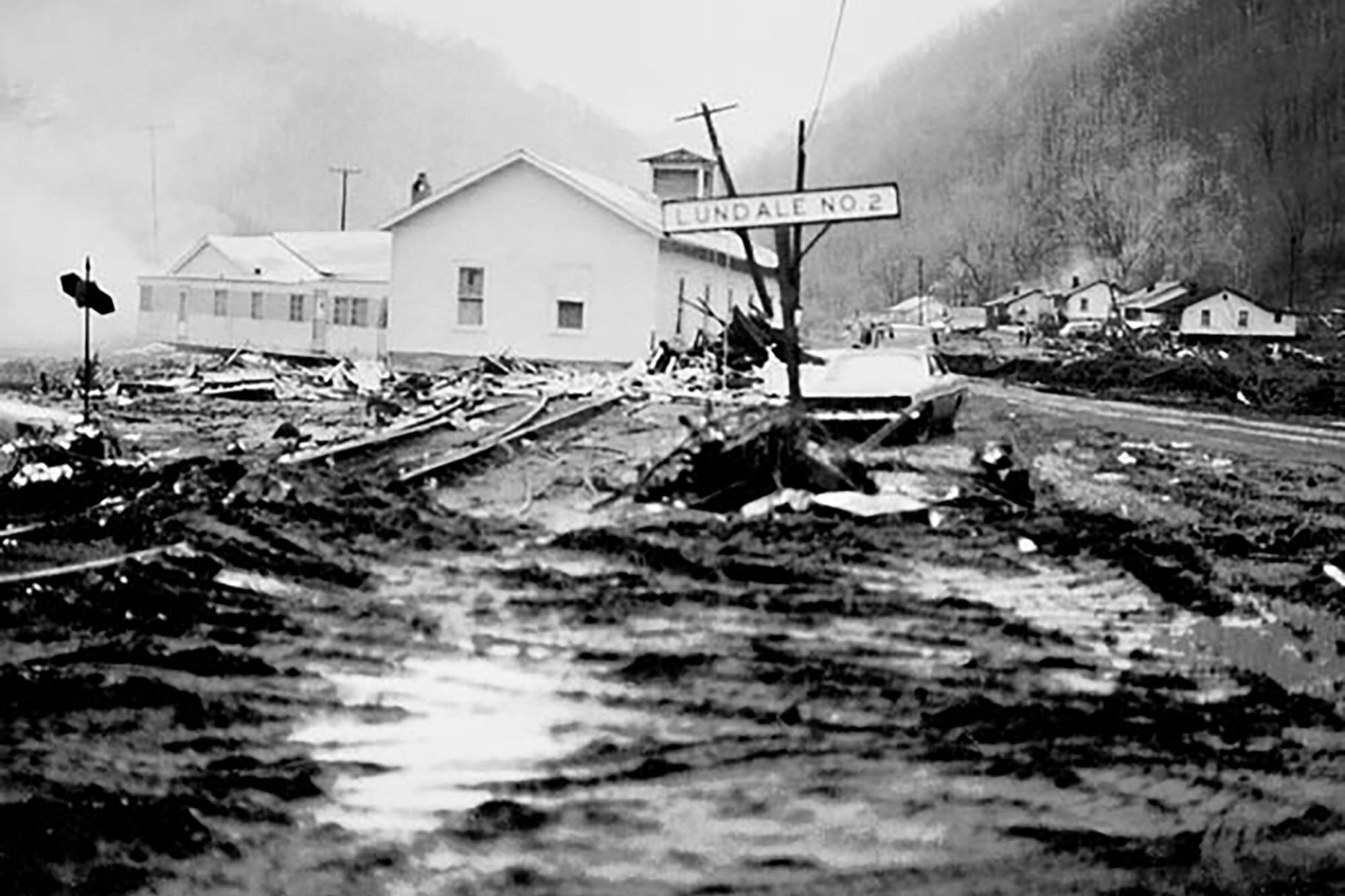
Four days earlier, The impoundment dam, managed by Pittston Coal Company, had been declared “satisfactory” by a federal mine inspector. In the early morning of February 26, 1972, a coal-waste dam owned by the Pittston Coal Company collapsed in Logan County, West Virginia. The resulting flood unleashed roughly 132 million gallons of black, toxic slurry into the Buffalo Creek Valley. That surge killed 125 people, injured over 1,121, and left nearly 4,000 residents homeless, destroying over 500 homes and damaging hundreds more. However, in its legal filings, Pittston referred to the accident as “an Act of God.”
Lawsuits and investigations followed, but corporate negligence and lax regulation at coal companies became glaringly exposed. The disaster prompted stronger dam-safety laws and sparked American awareness of environmental risk. Still, fewer Americans recall February 26 as a day of reckoning for industrial oversight though its lessons remain relevant in today’s conversations about mine regulation and community resilience.
9. Texas Tower Shooting
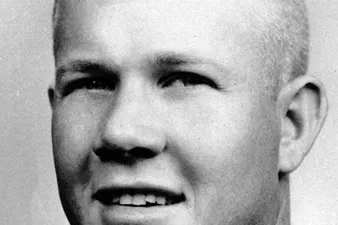
On August 1, 1966, University of Texas student and ex‑Marine Charles Whitman ascended the campus clock tower and opened fire. He killed 14 people and injured at least 31 from the observation deck just hours after murdering his mother and wife. His rampage was America’s deadliest mass shooting up to that point and led to major shifts in police tactics, prompting the birth of SWAT teams. Whitman’s case also opened early discussions on mental illness and gun control; he had previously seen a psychiatrist about “violent impulses”. But these bold conversations and reforms quickly settled into history notes as the nation’s violence pattern evolved.
10. Triangle Shirtwaist Factory Fire
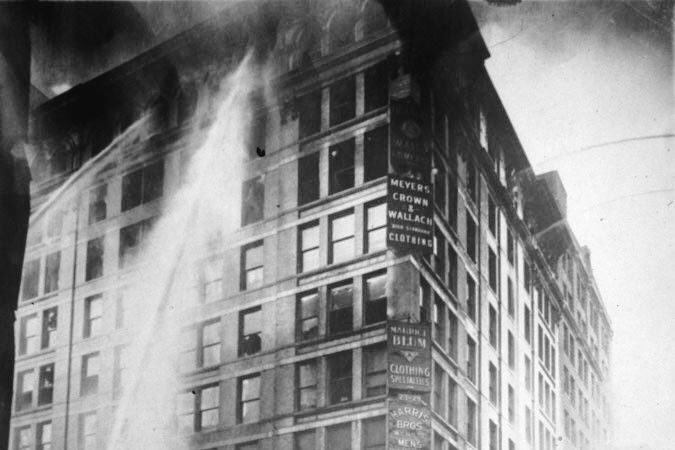
On March 25, 1911, a fire at the upper floor of Triangle Shirtwaist Factory in New York took an awful toll: 146 workers died, mostly young immigrant women. These women were trapped because exit doors were locked to prevent “theft,” trapping workers who faced flames or jumped to their deaths.
Public horror spurred massive reform: dozens of new laws mandated fire drills, unlocked exits, and factory inspections in New York and became models nationwide. Figures like Frances Perkins, who witnessed the fire, when dining with a friend nearby went on to shape U.S. labor policy, when she was named Secretary of Labor in 1933, helping it lead to the protective regulations still in place today. Yet, outside dedicated remembrance events, many people may not recognize the factory’s pinkish brick facade or its pivotal role in worker rights.
11. Attica Prison Uprising
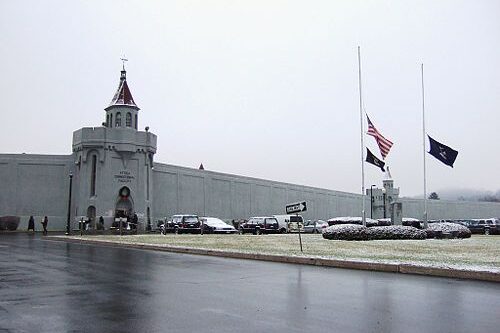
In September 9, 1971, inmates at New York’s Attica Correctional Facility revolted over brutal living conditions and denied political rights, holding 42 staff as hostages. After four days of negotiations where inmates secured 28 demands the state retook the prison by force. Law enforcement agents, by order of Governor Nelson Rockefeller (after consultation with President Richard M. Nixon), killed 29 prisoners and 10 hostages, all by gunfire.
The raid included tear gas from helicopters and a brutal aftermath involving torture and sexual violence from guards. Despite initial claims that inmates were responsible because Rockefeller had refused to go to the prison or meet with prisoners, Medical examiners confirmed that all but the deaths of one officer and three inmates were caused by law enforcement gunfire. The episode forced some prison reforms but was overshadowed by policies that fueled increased mass incarceration making Attica more a cautionary footnote than a rallying cry.
12. Radium Girls
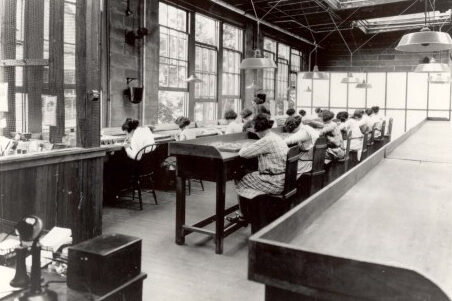
In the 1920s, five young women dubbed the Radium Girls painted glow-in-the-dark dials using radium-based paint in Illinois factories, unknowingly ingesting toxic amounts of radioactive material as they ‘lip-pointed’ brushes. They suffered agonizing bone fractures, anemia, and the infamous “radium jaw,” where their jawbones decayed and broke apart.
Refusing to be silenced even as they lay on deathbeds, these women sued and exposed corporate negligence and in turn helped spur laws mandating workplace safety, disease compensation, and employer accountability. For decades, their story was buried, but has recently resurfaced in books, documentaries, and labor-history curricula reminding us that health protections weren’t handed down but fought for, often by those who paid the ultimate price.
13. Bonus Army March

In mid-1932, during the Great Depression, roughly 43,000 people (17,000 WWI veterans and their families) marched to Washington, DC, demanding early payment of wartime service bonuses promised under the 1924 act. They set up a shantytown at Anacostia Flats, hoping Congress or President Hoover would act only to be violently ousted on July 28, 1932. Deploying infantry, cavalry, tanks, tear gas, and bayonets, under orders from General MacArthur and Patton, the army burned the camps and forced veterans and children into the streets.
The image of federal troops confronting their own citizens, including medal-wearing soldiers, shocked the nation, damaging Hoover and cementing FDR’s election later that year. Today, few learn about the Bonus March in school lessons, yet its tale serves as a stark warning of how economic despair and political indifference can collide and is a touchstone in discussions of veterans’ rights and protest behavior.
This 13 American News Events That Shocked the Nation, Then Disappeared from Memory story was first published on Daily FETCH


